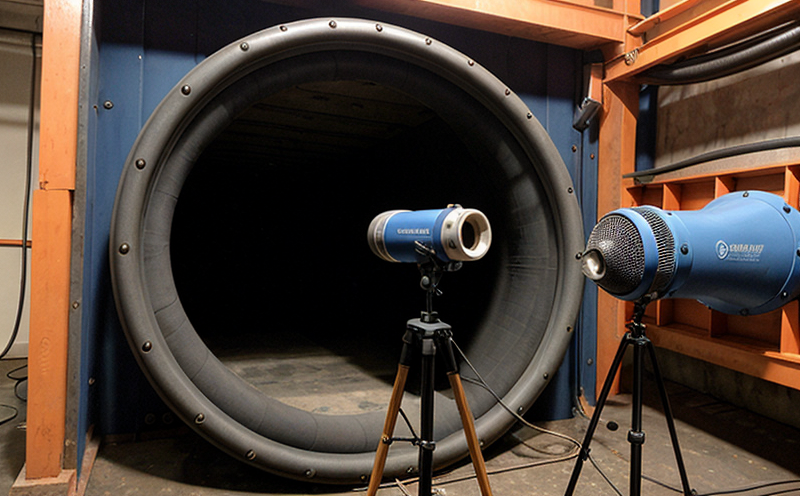ASTM E317 Immersion Ultrasonic Testing of Materials
The ASTM E317 standard defines a method for evaluating the internal integrity and homogeneity of materials using immersion ultrasonic testing. This non-destructive technique is particularly valuable in sectors where material quality assurance, compliance with regulatory standards, and robust product performance are paramount.
Ultrasonic waves are transmitted through the sample in an aqueous medium, allowing for the detection of internal flaws such as cracks, voids, or other anomalies. This method is widely used across various industries including aerospace, automotive, manufacturing, and construction where material integrity is critical to safety and performance.
The ASTM E317 technique leverages ultrasonic waves that travel through liquids, interacting with the sample’s surface and internal structures. The reflected signals are analyzed by an instrument to determine the presence of defects or inconsistencies within the material. This approach provides a detailed assessment without altering the original condition of the specimen.
During immersion testing according to ASTM E317, specimens undergo rigorous preparation steps that include cleaning, drying, and sometimes etching to enhance the contrast between defect echoes and the background signal. The choice of liquid medium is crucial; typically, water-based solutions are used due to their availability and effectiveness in transmitting sound waves.
The testing process involves placing the specimen in an ultrasonic bath where it is exposed to high-frequency pulses. These pulses penetrate the material and reflect off internal boundaries or defects. The resulting echoes provide critical information about the material’s structure, enabling accurate defect characterization. This method offers a high degree of sensitivity and repeatability, making it suitable for both quality assurance and research applications.
One of the key advantages of ASTM E317 is its ability to detect internal defects that are not accessible or visible through other testing methods. For instance, in aerospace components where fatigue cracks can develop internally without external signs, immersion ultrasonic testing provides a reliable means for early detection. In manufacturing processes, this method ensures that products meet stringent quality standards before final assembly.
The ASTM E317 standard is widely recognized and utilized across various industries due to its robustness and reliability. It serves as a benchmark for material integrity assessment, ensuring consistent results and compliance with international safety regulations. The technique’s versatility allows it to be adapted to different materials and geometries, making it an indispensable tool in the quality control arsenal.
Applied Standards
| Standard | Description |
|---|---|
| ASTM E317-20 | Procedure for immersion ultrasonic testing of materials to determine their internal homogeneity and integrity. |
| ISO 5843:2019 | Guidelines on the use of liquid immersion techniques in non-destructive testing. |
Why Choose This Test
- Precise detection of internal defects without altering the sample’s original condition.
- Rapid and accurate assessment of material integrity in complex geometries.
- Compliance with international standards ensuring consistency and reliability.
- Economical compared to destructive testing methods, offering cost-effective quality assurance.
Competitive Advantage and Market Impact
- Achieves a high level of accuracy in defect detection, enhancing product safety and reliability.
- Promotes compliance with industry-specific regulations and standards.
- Supports continuous improvement processes by identifying potential weaknesses early.
- Fosters innovation through reliable material testing data that can guide R&D efforts.





